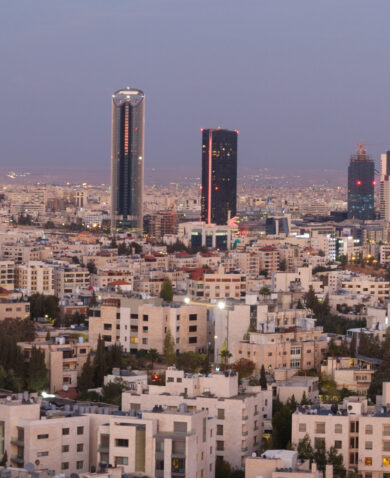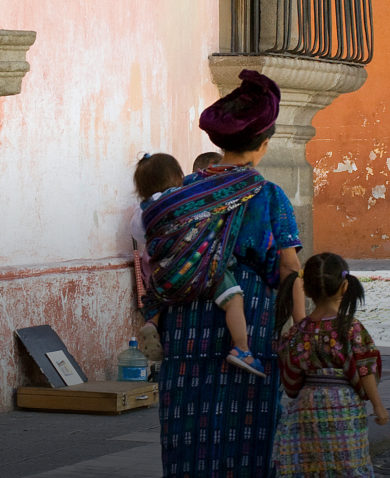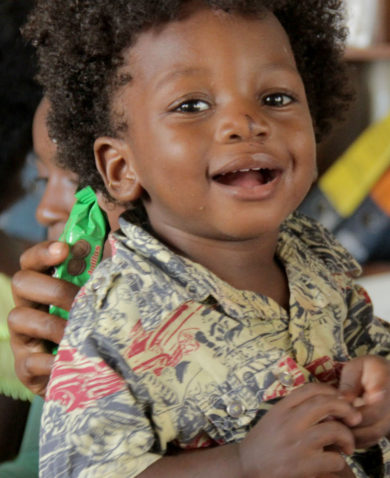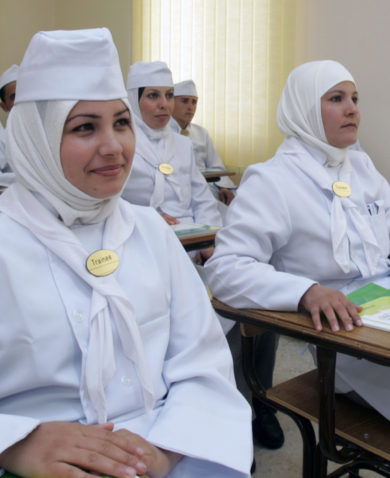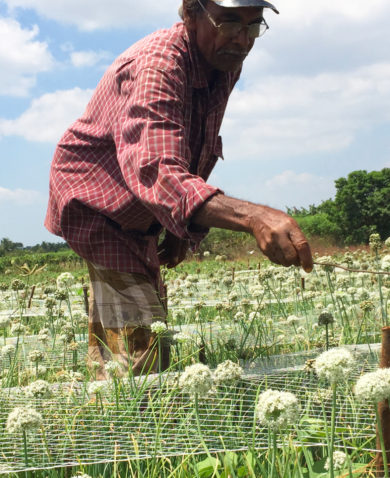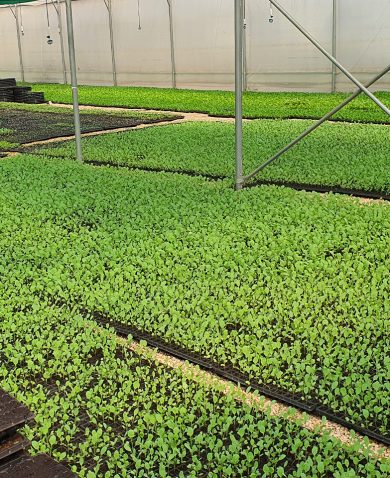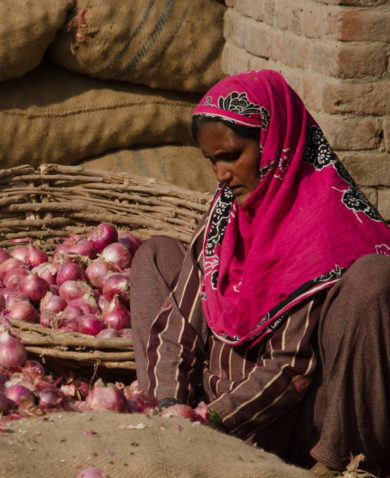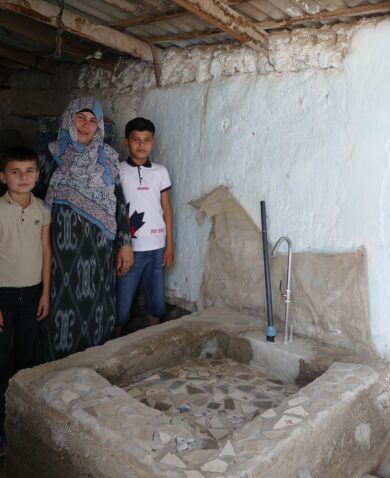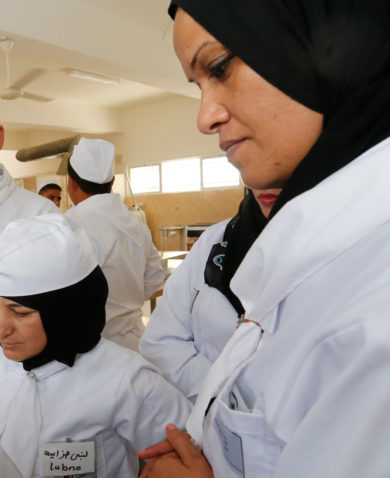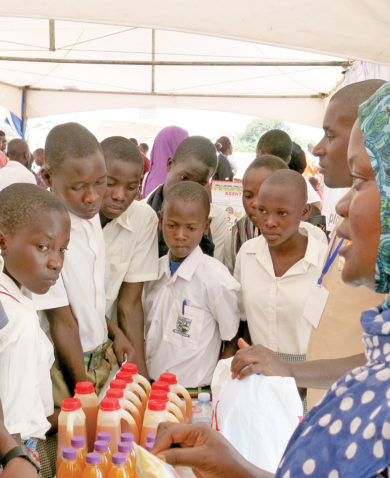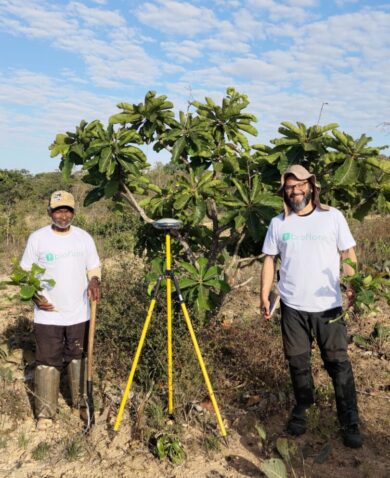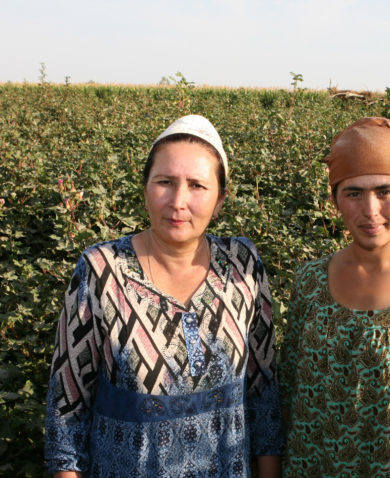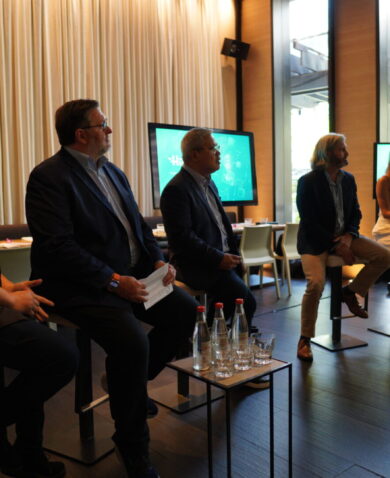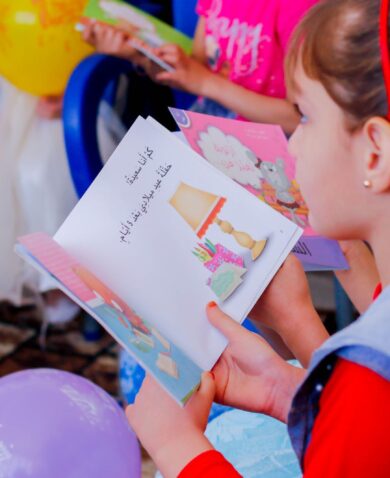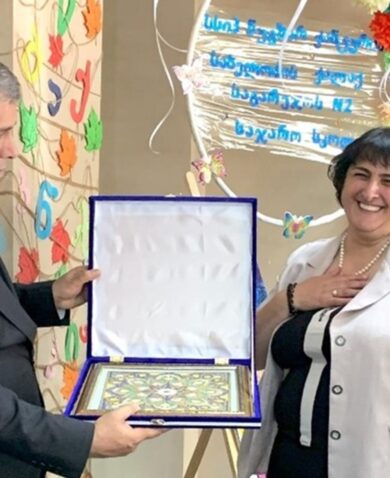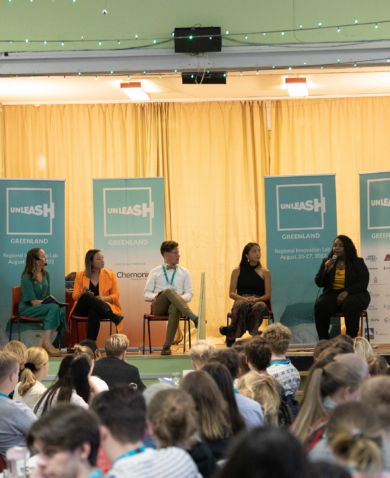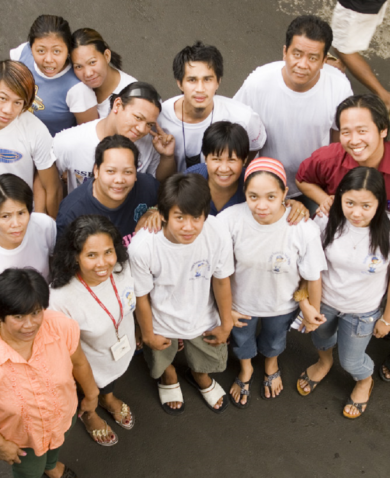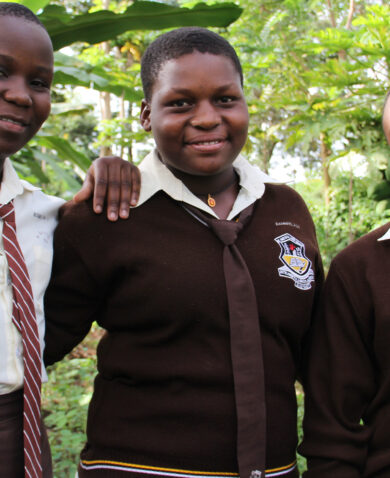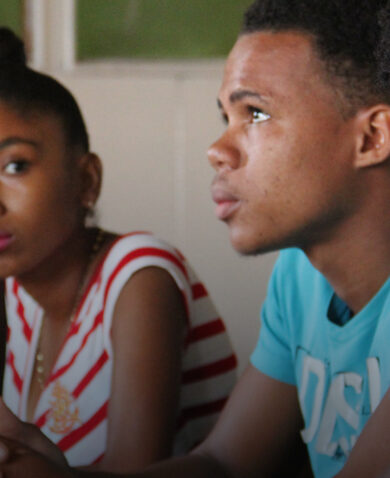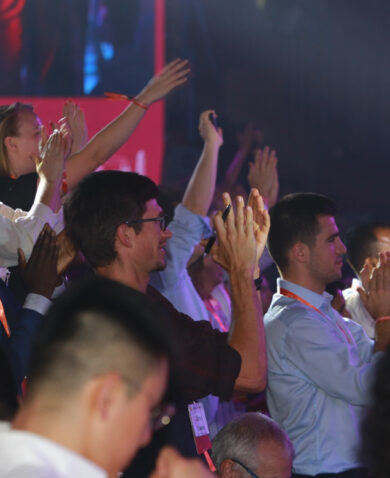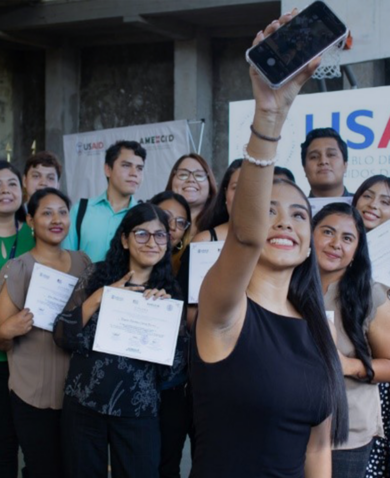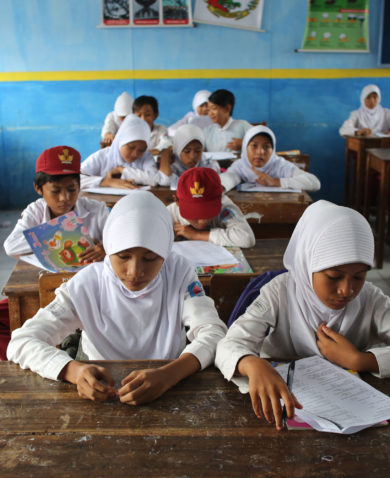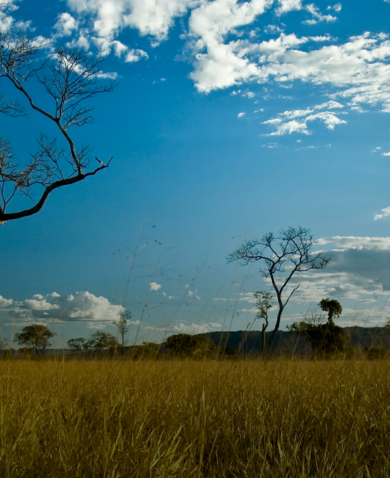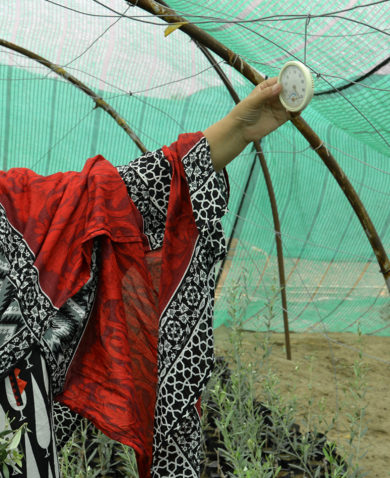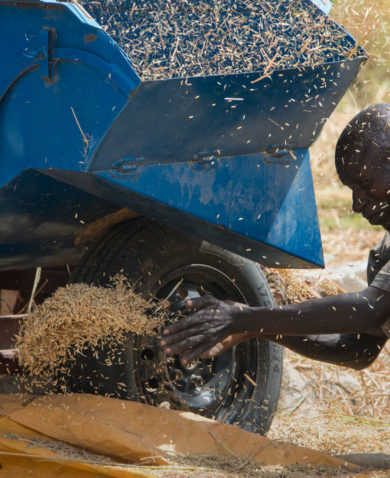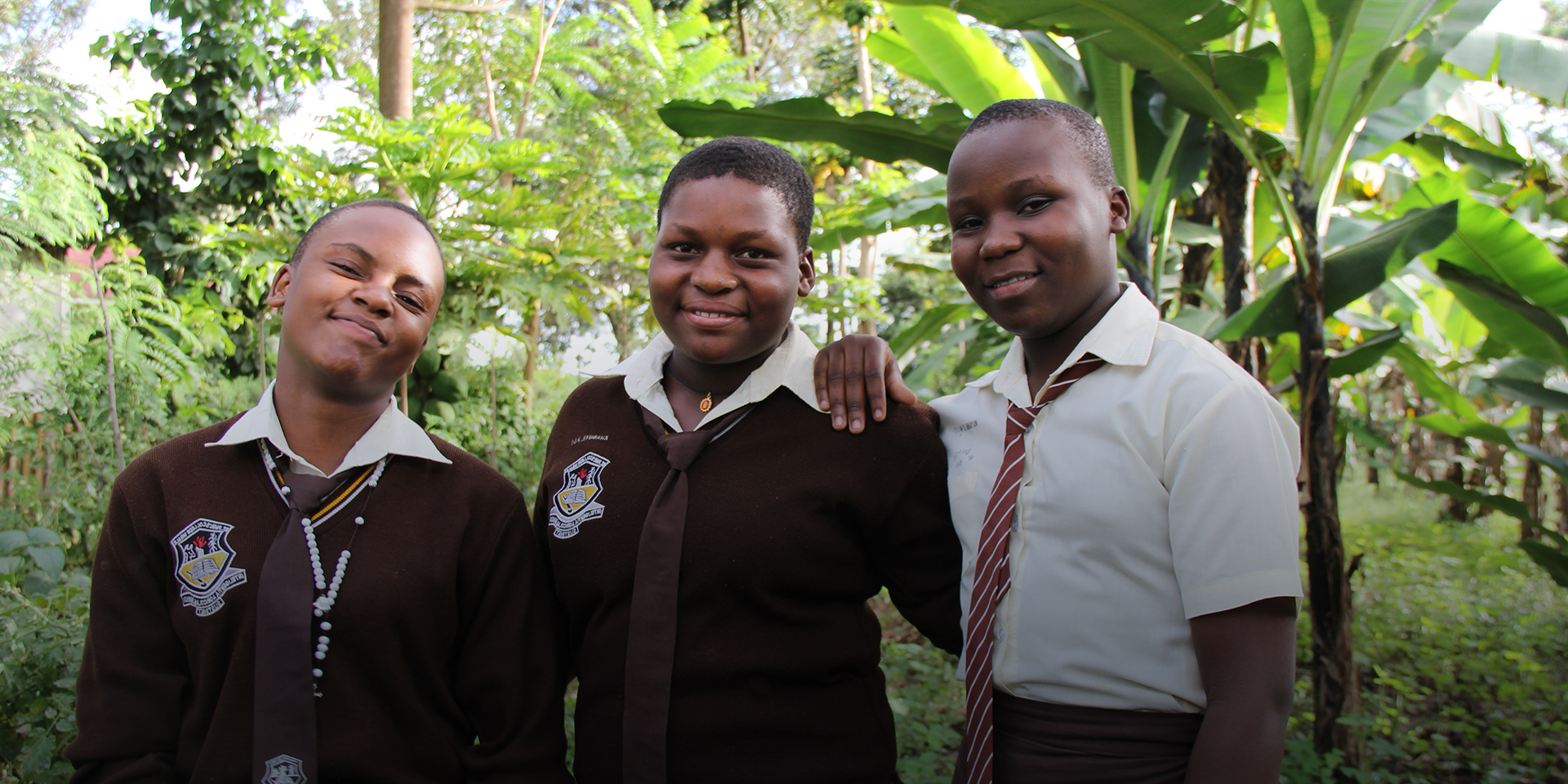
Can a Competition Create Space for Learning? Three Design Factors to Consider
April 26, 2018 | 3 Minute ReadAll too often, great innovations never get communicated beyond a project's reports. Chemonics' recent Market Systems and Youth Enterprise Development Innovation Contest is bringing interesting models to light.
This post originally appeared on Marketlinks.
Development practitioners are often innovating, piloting, and problem-solving — but sometimes these initiatives have a hard time getting disseminated past the project annual report. At Chemonics, the Economic Growth and Trade Practice and the Education and Youth Practice joined forces to kick off 2018 with the launch of our Market Systems and Youth Enterprise Development Innovation Contest, an endeavor designed to spark knowledge-sharing between our projects and give our staff an easy opportunity to learn from one another.
We asked our global workforce to share the models and methodologies they use for market systems development and youth enterprise development. The incentive? The opportunity to share their work with their peers and industry leaders through remote learning events, publications, and in-person attendance at leading development conferences. We used an off-the-shelf online contest platform which could be easily accessed in real time by our projects around the world and opened the submissions to evaluation by expert panels and peer voting. Over the six-week contest period we received entries from Europe and Eurasia, Latin America, the Middle East, Asia, Eastern Africa, and Southern Africa. The reach of the contest and the enthusiasm of our staff was invigorating to experience.
With the contest itself behind us, we are taking a moment to reflect on what made this initiative an effective learning event and what we, as designers, could share with colleagues looking to launch their own. Here are three factors to consider:
1. Leave Your Preconceptions at the Door
When harvesting knowledge from the field, try to leave your preconceptions behind and open the initiative up to as many participants as possible. We assumed our competitiveness projects would account for most of the submissions — an assumption that turned out to be incorrect. Opening the contest to our entire global workforce broadened the diversity of the projects represented. We heard from energy projects working in youth workforce development, peace and stability projects convening young entrepreneurs, and enabling environment projects taking a market systems approach to women’s economic empowerment.
2. Build In a Moment for Reflection
We wanted this contest to be an opportunity for our staff to take a “pause and reflect” moment, so we integrated learning into the design of the contest. We asked our projects to tell us about what was unexpected, what went wrong, how they adapted, and what their path to scale and sustainability would be moving forward. The result was that we weren’t hearing about success stories, but about process and methodologies and adaptation, a true reflection of project implementation in the dynamic environments where we work.
3. Don’t Stop the Momentum of Sharing
Our global workforce responded strongly to the opportunity to share their experiences with their colleagues around the world. To build on this momentum, we’ve sponsored learning events for our winning teams in the field to discuss the models featured in the contest and their adaptability to different contexts. We’re organizing webinars throughout the year so our winning teams can share and discuss their models with our global workforce, and, more importantly, so we can promote project-to-project learning and collaboration. And finally, we’ll be bringing representatives from our winning projects to Washington, D.C. to attend the SEEP Network Annual Conference and the Global Youth Economic Opportunities Summit, leading industry events for market systems and youth enterprise development, to enhance our learning and collaboration with the development industry at large.
By now, you might be asking yourself who these mysterious winners are. Stay tuned in the next few weeks as we share the winning market systems and youth enterprise development models, featuring a range of creative solutions — from motorbikes to river barges and robotics to school buses.













